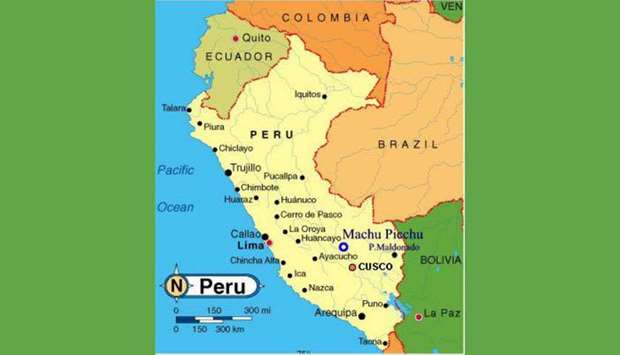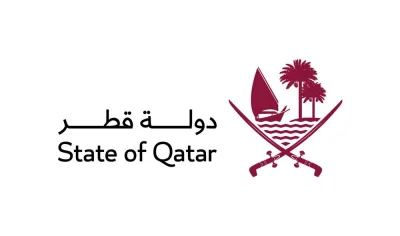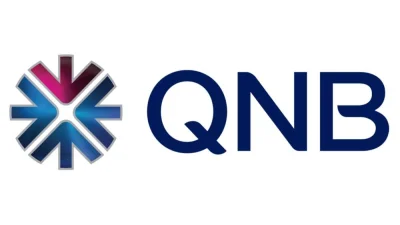____________________________

The pride of Peru
Machu Picchu, a 15th-century Inca citadel, located in the Eastern Cordillera of southern Peru, on a mountain ridge 2,430m above sea level. Most archaeologists believe that Machu Picchu was constructed as an estate for the Inca emperor Pachacuti (1438-1472). It is the most familiar icon of the Inca civilisation. Machu Picchu was declared a Peruvian Historic Sanctuary in 1981 and a Unesco World Heritage Site in 1983. In 2007, Machu Picchu was voted one of the New Seven Wonders of the World in a worldwide Internet poll. Since its discovery in 1911, growing numbers of tourists have visited the site each year, including 1,411,279 in 2017 - making it Peru's most visited tourist attraction and a major revenue generator.
___________________________________
Peruvian territory was home to several ancient cultures, ranging from the Norte Chico civilisation in the 32nd century BC, the oldest civilization in the Americas, to the Inca Empire, the largest and most sophisticated state in pre-Columbian America.The Spanish Empire conquered the region in the 16th century and established a Viceroyalty that encompassed most of its South American colonies, with its capital in Lima. Peru formally proclaimed independence in 1821, and following the military campaigns of José de San Martín and Simón Bolívar, and the decisive battle of Ayacucho, Peru secured independence in 1824.
Peru is a representative democratic republic divided into 25 regions. It is classified as an emerging market with a high level of human development and an upper middle income level. It is one of the region's most prosperous economies and it has one of the world's fastest industrial growth rates.
Its main economic activities include mining, manufacturing, agriculture and fishing; along with other growing sectors such as telecommunications and biotechnology. The country forms part of The Pacific Pumas, a political and economic grouping of countries along Latin America’s Pacific coast that share common trends of positive growth, stable macroeconomic foundations, improved governance and an openness to global integration.
Peru ranks high in social freedom and one of the lowest homicide rates in South America; it is an active member of the Asia-Pacific Economic Cooperation, the Pacific Alliance, the Trans-Pacific Partnership and the World Trade Organisation; and is considered as a middle power.
Peru has a multi-ethnic population of over 31mn, which includes Amerindians, Europeans, Africans and Asians. The main spoken language is Spanish, although a significant number of Peruvians speak Quechua, Aymara or other native languages. This mixture of cultural traditions has resulted in a wide diversity of expressions in fields such as art, cuisine, literature, and music.
(Courtesy: Wikipedia)



